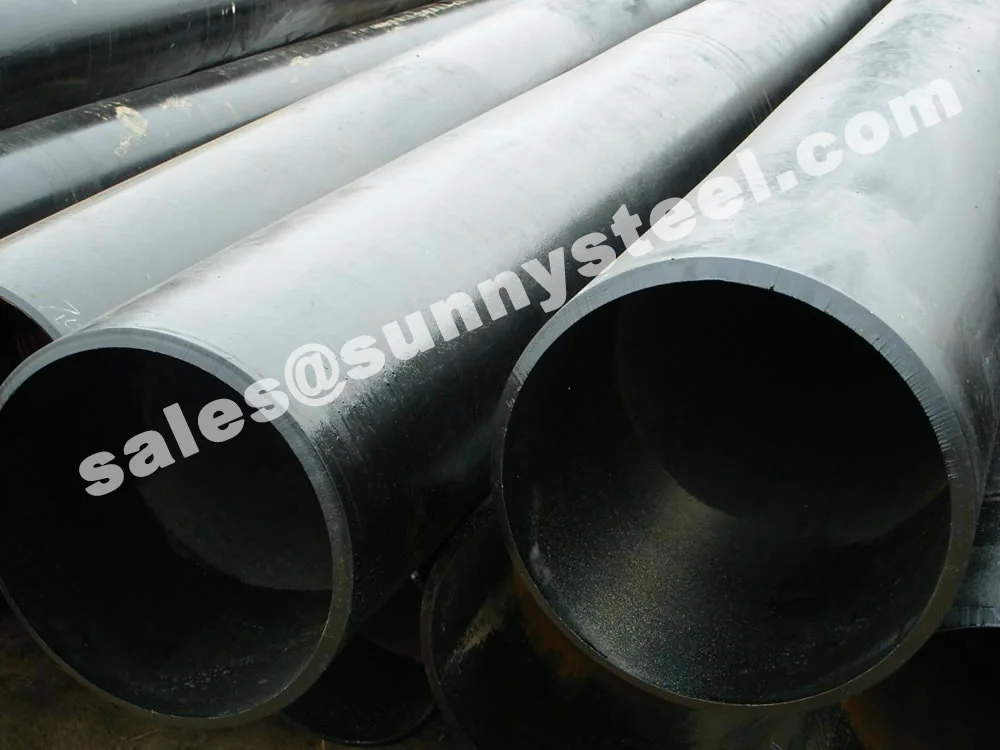
Seamless Tubes For Fluid Transportation
Seamless fluid tubes for high-pressure fluid transport, offering corrosion resistance and durability for oil, gas, and petrochemical applications.
Seamless Tubes For Fluid Transportation
Seamless fluid tubes for high-pressure fluid transport, offering corrosion resistance and durability for oil, gas, and petrochemical applications.
Fluid Tubes are seamless steel tubes engineered for high-pressure and corrosive fluid transportation, providing exceptional corrosion resistance and durability. Conforming to standards like ASTM A106, ASTM A53, and EN 10216-1, these tubes are ideal for oil and gas fluid tubes, petrochemical fluid transport, and power generation systems. Their seamless construction ensures leak-proof performance under pressures up to 30 MPa and temperatures ranging from -40°C to 450°C.
Manufactured through hot-rolling or cold-drawing processes, Seamless Fluid Tubes are available in outer diameters from 10.3 mm to 219.1 mm and wall thicknesses from 1.5 mm to 20 mm. Standard lengths (6m, 12m) or customized lengths (up to 18m) meet diverse project needs. Heat treatments such as normalizing or annealing enhance mechanical properties, ensuring resistance to pipeline wear and stress corrosion cracking. The seamless design eliminates weld imperfections, critical for maintaining integrity in fluid transport systems.
The chemical composition of fluid tubes typically includes carbon (0.17–0.35%), silicon (0.17–0.37%), manganese (0.40–1.06%), phosphorus (≤0.035%), and sulfur (≤0.035%), with grades like ASTM A106 Grade B or EN 10216-1 P235TR1 offering balanced strength and corrosion resistance. Rigorous testing, including tensile, hardness, impact, and hydrostatic tests, ensures compliance with industry standards. Surface treatments like phosphating, galvanizing, or 3LPE coatings protect against corrosion, while plain, threaded, or beveled ends simplify installation.
Fluid Tubes are essential for transporting liquids and gases in oil and gas pipelines, petrochemical refineries, and power plant cooling systems. Compared to welded tubes, seamless fluid tubes offer superior pressure resistance and reliability, making them suitable for handling corrosive fluids like crude oil, natural gas, or chemical solutions. Their ability to resist erosion, corrosion, and thermal stress ensures long-term performance in demanding environments.
These tubes address critical challenges like high-pressure containment, corrosion, and mechanical stress in fluid transport systems. Their seamless construction, compliance with stringent standards, and robust material properties make them a reliable choice for engineers seeking durable high-pressure fluid piping solutions, ensuring safety, efficiency, and extended service life in fluid transportation applications.
Withstands pressures up to 30 MPa for fluid transport.
Resists corrosion with coatings and material properties.
Operates from -40°C to 450°C in fluid systems.
Eliminates weld imperfections for leak-proof performance.
Reduces maintenance with long-lasting materials.
Certified with rigorous testing to meet ASTM and EN standards.
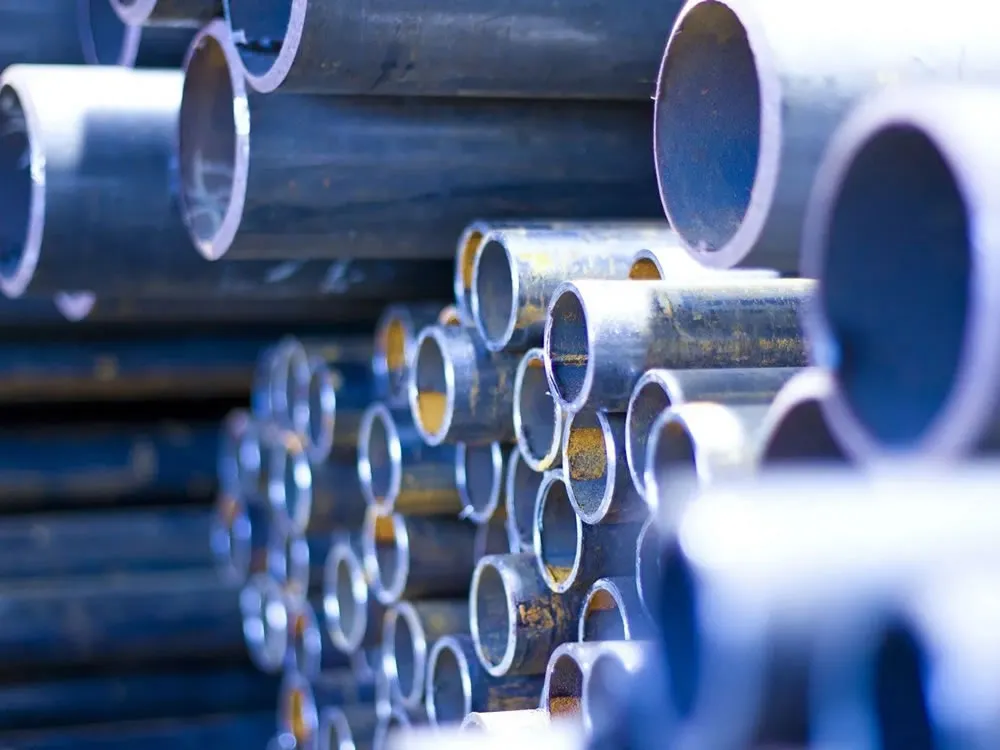
Structural tube is a general structural steel tube, also known as structural tube. It is suitable for seamless steel tubes used in general structures and mechanical structures. The most common material is carbon steel, which can be divided into two types: ordinary carbon structural steel and high-quality carbon structural steel. It has many uses and a large usage volume. It is mainly used in railways, bridges, and various construction projects to manufacture various metal components that bear static loads, as well as unimportant mechanical parts that do not require heat treatment and general weldments.
Structural seamless tubes are steel tubes used to build various structures because they are designed to achieve several properties.
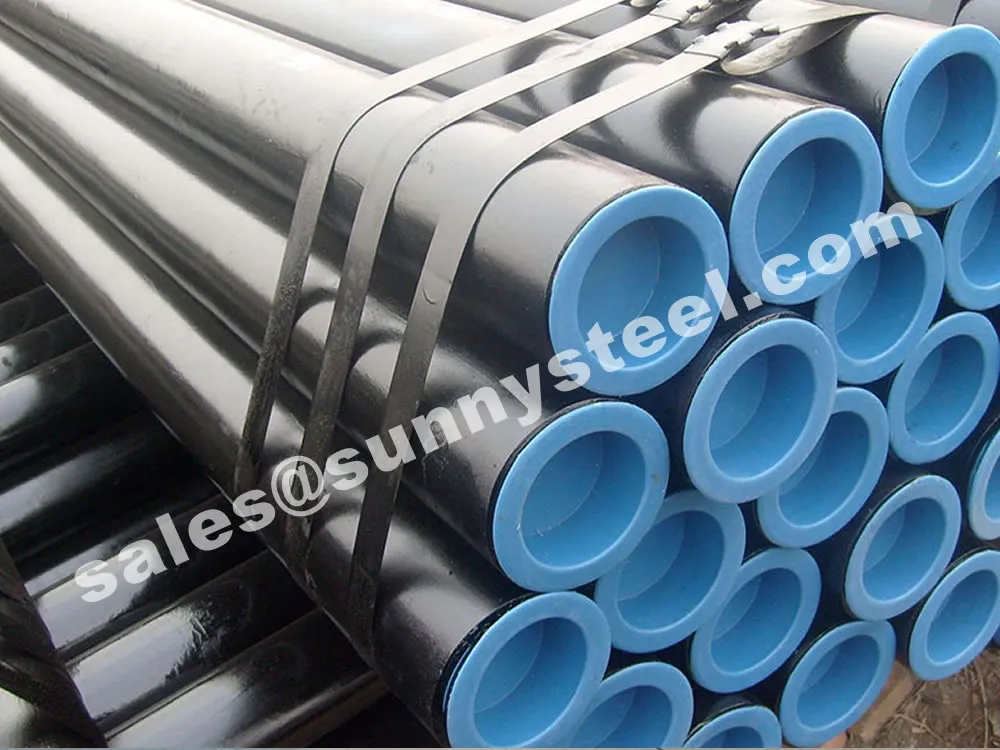
The fluid tube standard is suitable for general seamless steel tubes for conveying fluids. Fluid seamless tubes are steel pipes used to transport various liquids and gases such as oil, natural gas, and water. Because they are used for transportation, fluid pipelines also have their own notable characteristics.
First, strictly speaking, they cannot be interchanged. Structural tubes require good pressure-bearing capacity, while fluid pipes need excellent sealing performance. Therefore, their uses are quite different. Try not to use them in the wrong context.
Secondly, structural pipes have high cost requirements; otherwise, some steel tubes may not meet standards for corrosion resistance or pressure-bearing capacity and are easily damaged. If water and food are transported through fluid pipelines, the hygienic requirements are stricter. They can be shared under special circumstances, and some features are similar, as long as the environmental requirements are not too harsh.
| Grade | C (%) | Si (%) | Mn (%) | P (% max) | S (% max) |
|---|---|---|---|---|---|
| ASTM A106 Grade B | 0.30 max | 0.10 min | 0.29–1.06 | 0.035 | 0.035 |
| ASTM A53 Grade B | 0.30 max | - | 1.20 max | 0.05 | 0.045 |
| EN 10216-1 P235TR1 | 0.16 max | 0.35 max | 1.20 max | 0.025 | 0.020 |
| Grade | Tensile Strength (MPa min) | Yield Strength (MPa min) | Elongation (% min) |
|---|---|---|---|
| ASTM A106 Grade B | 415 | 240 | 30 |
| ASTM A53 Grade B | 415 | 240 | 30 |
| EN 10216-1 P235TR1 | 360–500 | 235 | 25 |
| Feature | Fluid Tubes | Welded Tubes | High-Pressure Boiler Tubes |
|---|---|---|---|
| Material Type | Carbon Steel | Carbon Steel | Carbon/Alloy Steel |
| Temperature Range | -40°C to 450°C | -20°C to 300°C | Up to 650°C |
| Tensile Strength (MPa) | 360–500 | 330–450 | 325–415 |
| Yield Strength (MPa) | 235–240 | 195–240 | 180–205 |
| Corrosion Resistance | Moderate (with coatings) | Moderate (weld areas vulnerable) | Moderate (with coatings) |
| Pressure Resistance | High (up to 30 MPa) | Moderate | Superior (up to 30 MPa) |
| Cost | Moderate | Lower | Moderate |
| Applications | Fluid transport (oil, gas, chemicals) | Low-pressure fluid transport | Supercritical boilers, heat exchangers |
| Key Advantage | High-pressure fluid reliability | Cost-effective | Extreme temperature resistance |
| Manufacturing Process | Seamless, heat-treated | Welded (ERW, SAW) | Seamless, heat-treated |
Explore seamless fluid tubes for fluid transportation with targeted long-tail keywords covering specifications, applications, manufacturing procurement, and dimensions for high-pressure systems.
Note: Fluid tubes are tailored for high-pressure fluid transport. For detailed specifications, refer to ASTM A106, A53, EN 10216-1, or contact a certified supplier.

Liquid steel has high purity, excellent geometrical dimension and good performance for processing.
Widely used in the transport of oil, gas, and other hydrocarbons.
Efficiently handles water distribution and treatment processes.
Suitable for a variety of industrial processes requiring fluid transport.
Commonly used in heating, ventilation, and air conditioning systems.
Transports treated water in industrial applications.
Supports fluid transport in various industrial processes.
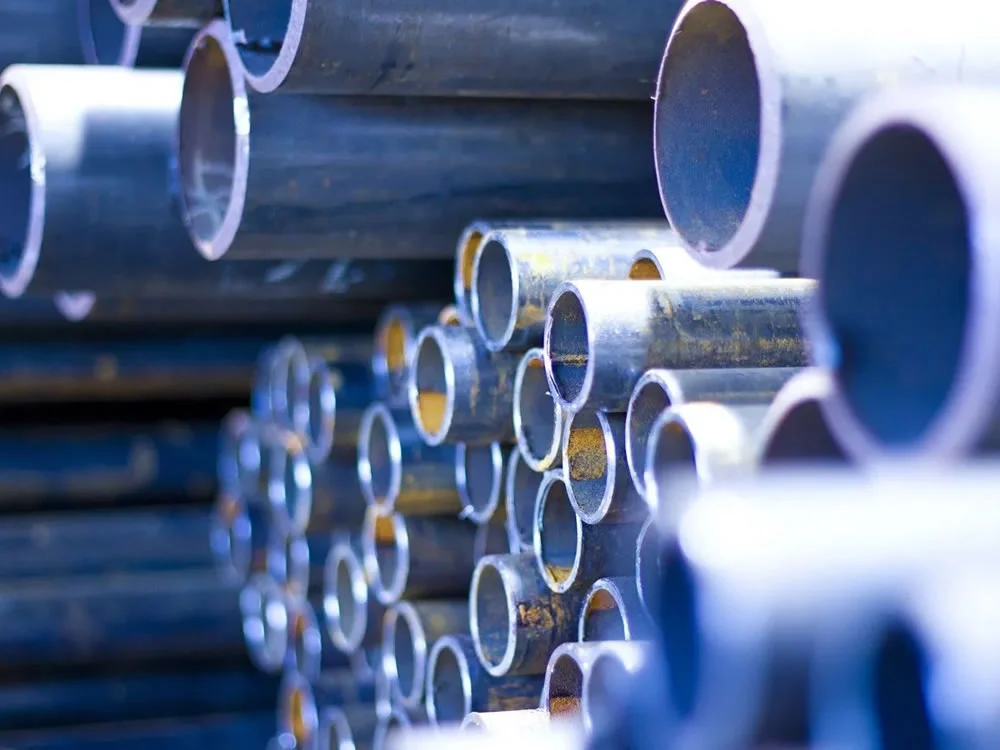
Other structural pipes provide high strength and v...
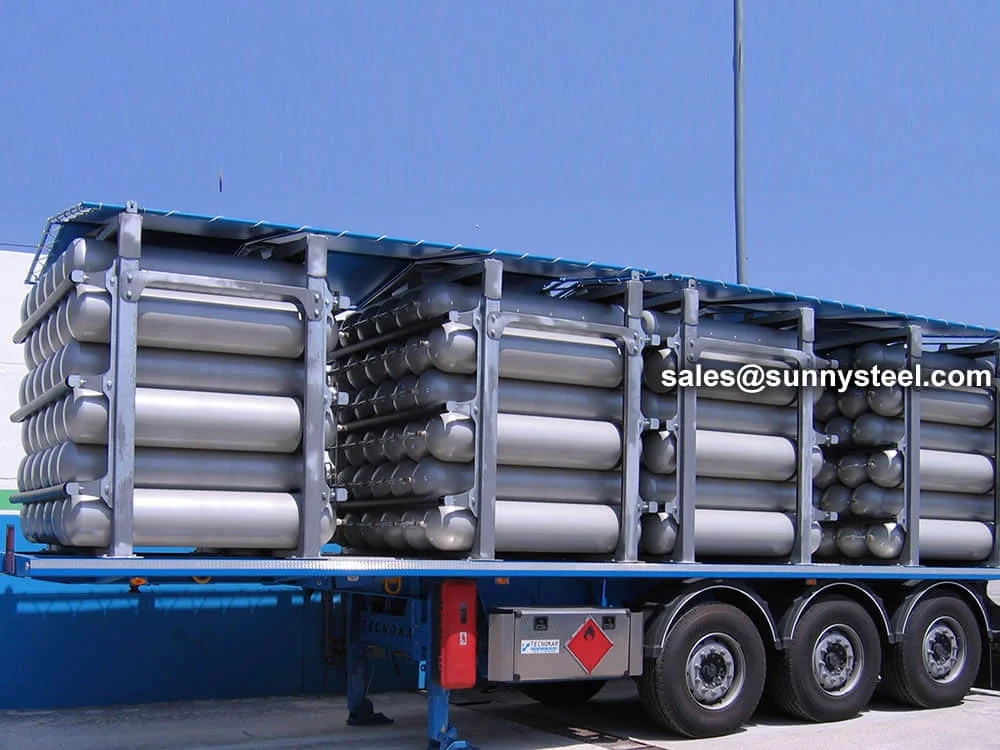
Steel pipe for gas cylinder offers high-strength, ...
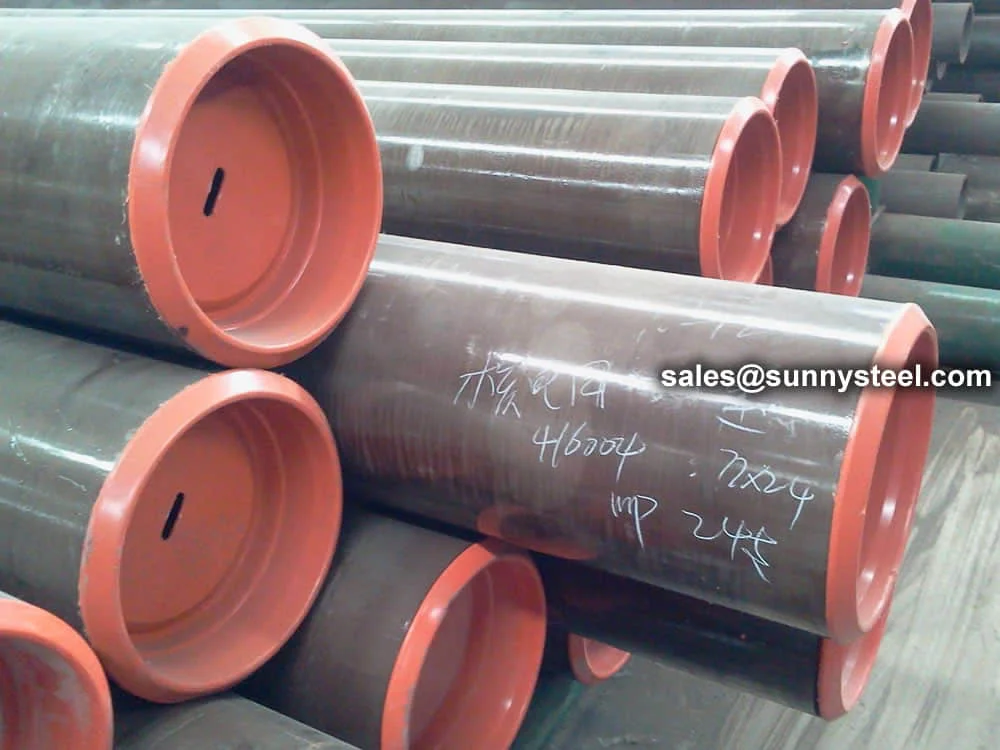
Seamless pipes for high-temperature applications o...